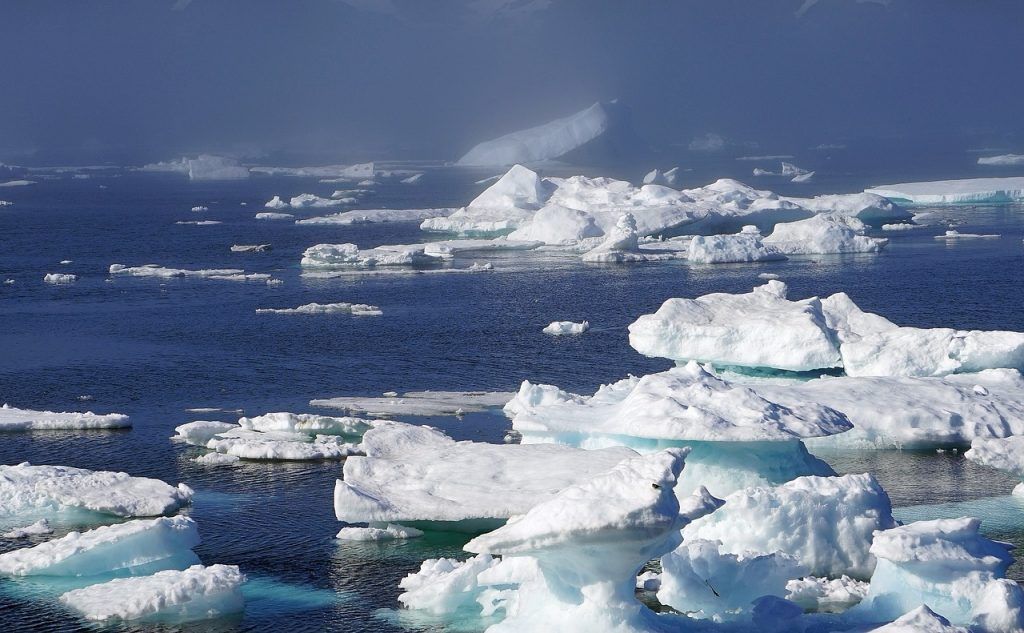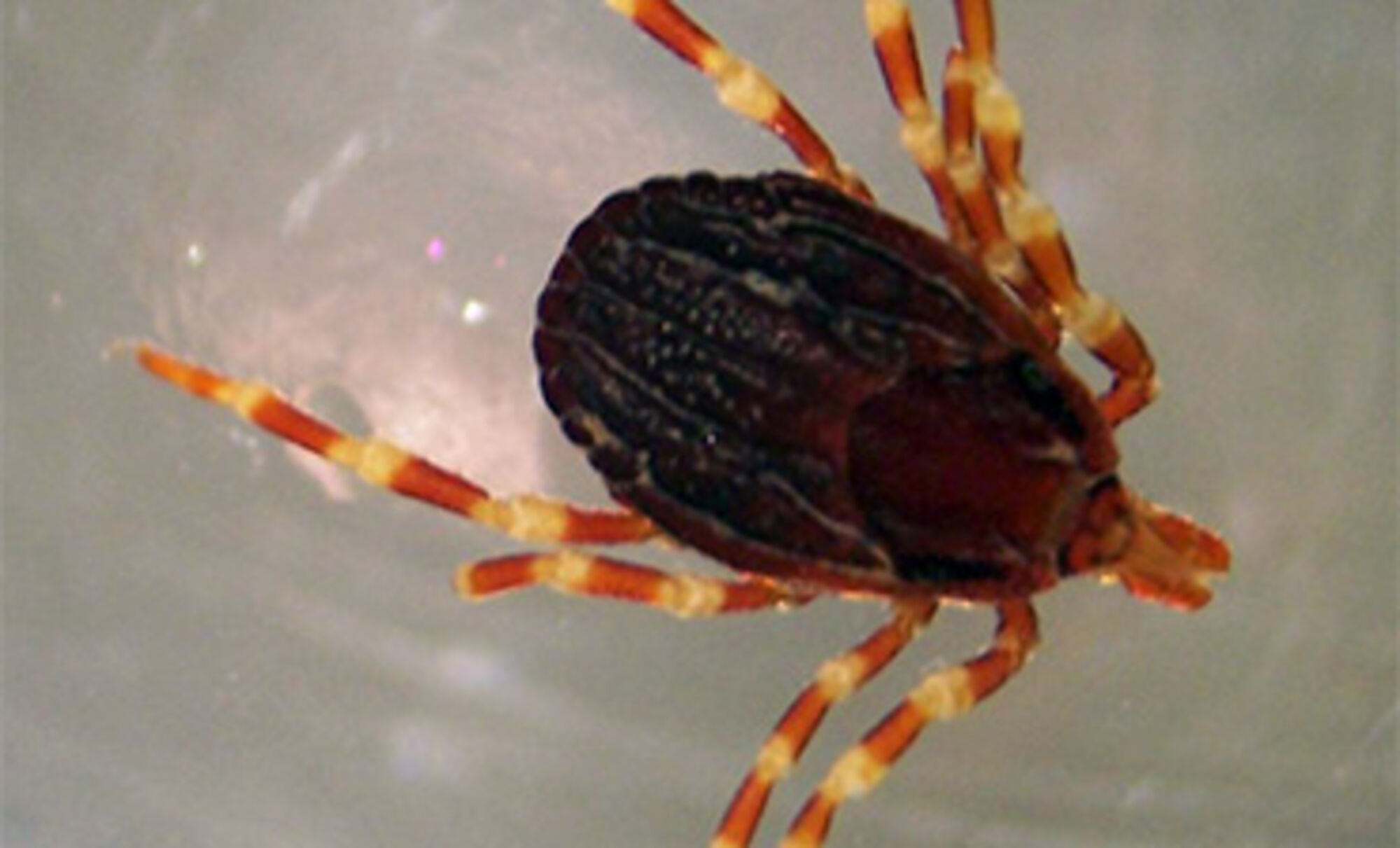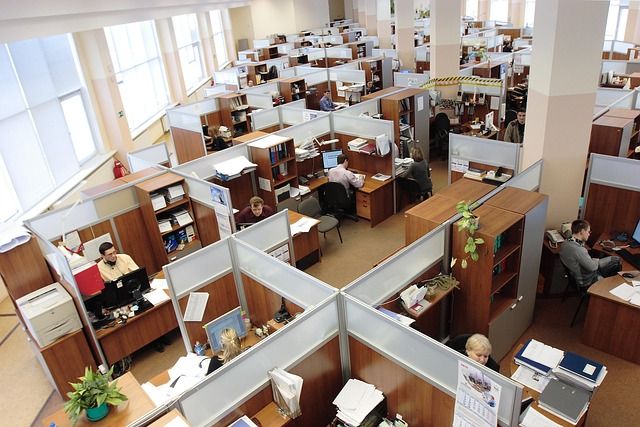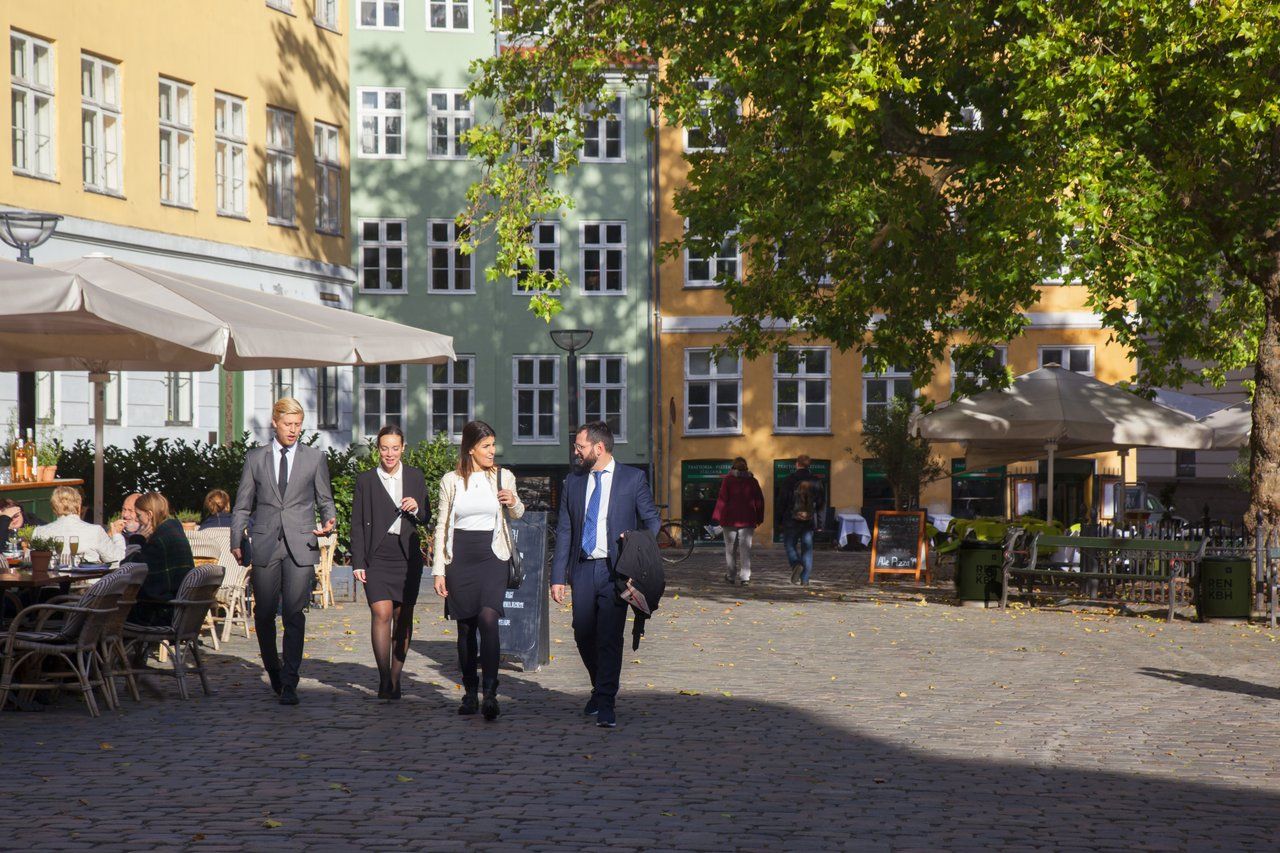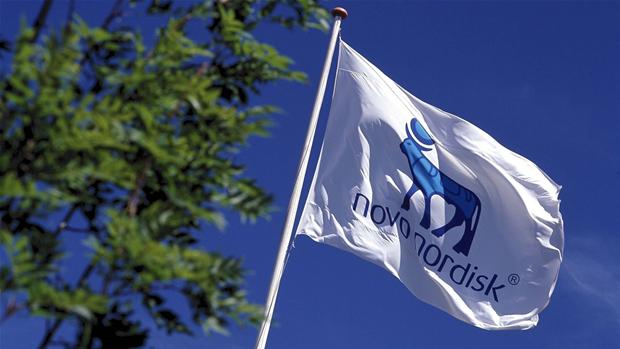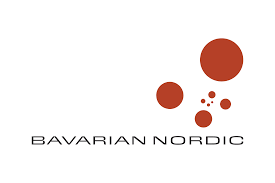Construction has begun on Copenhagen’s new energy plant in Amager, which is expected to set new green standards for the energy exploitation of the rubbish that city dwellers dispose of every day.
The energy plant, named Amager Bakke, is expected to be finished by 2017 and will also have a considerable recreational area on its roof and sides, including a ski hill designed by renowned architect Bjarke Ingels.
The plant will replace Amagerforbrænding, which recently changed its name to Amager Resource Center (ARC) and is Europe's oldest waste-to-energy plant. It currently provides electricity and heating to 150,000 households.
The new plant aims to increase energy output by more than 25 percent, reduce the release of nitrous oxides (NOx) by 85 percent and reduce the smoke’s sulphur content by 99.5 percent. And it is precisely the climate benefits that have been the cornerstone of the whole project, according to ARC chairman, Mogens Lønborg.
“With Amager Bakke, we are taking part in realising the vision of a better climate and environment for future generations,” Lønborg told the online news source Industriens Dagblad. “We avoid using as much coal as possible in order to produce energy that is better for citizens, companies and the environment.”
Aside from the environmental benefits, Copenhageners will also be able to enjoy recreational areas that cater to skiing and mountain biking while offering a spectacular view of the city from above.
ARC is jointly owned by Dragør, Frederiksberg, Hvidovre, Copenhagen and Tårnby councils.
Meanwhile, a shortage of rubbish in Denmark has forced a number of the country’s 27 incinerators to import trash in order to produce more sellable energy.
A survey by Ingeniøren newspaper showed that ten out of the 27 waste-to-power plants already imported rubbish in 2012, and that trend looks to continue, if not increase. Most of the ten plants said that they expect to continue the practise, as would some of the plants that had not imported trash last year.
“We import 3,000 tonnes of rubbish from Norway every year, but in 2014 we expect to import 15,000 tonnes from either Norway or Great Britain,” Niels Larsen, the administration chief of AVV plant in Hjørring, told Ingeniøren. “That’s about 20 percent of the total capacity of our plant.”
The environmental authorities, Miljøstyrelsen, have registered a marked increase of imported rubbish over the past few years, from 48,000 tonnes in 2011 to 107,000 tonnes in 2012.


